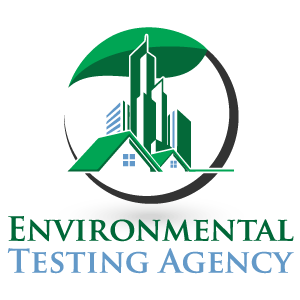Wall Mold Inspection & Testing Services In Florida
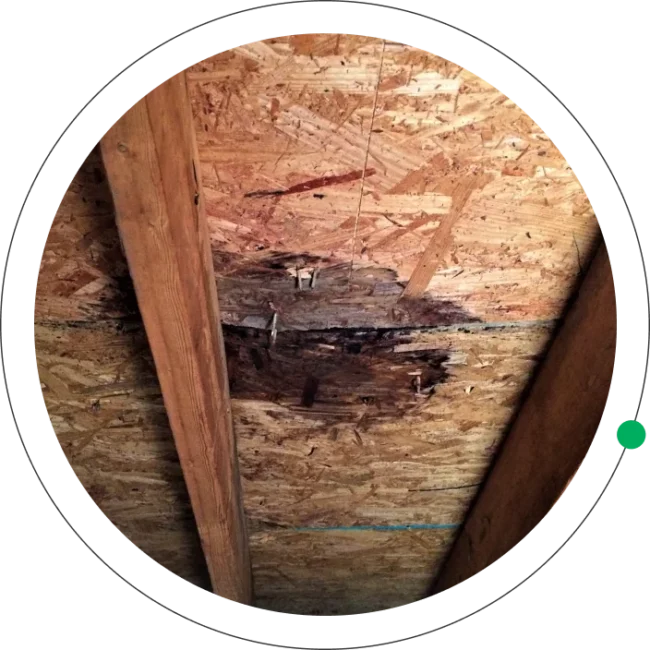
Why is a wall a Place Prone to Mold Growth?
Mold can easily grow on walls, especially in Florida’s humid weather. The high humidity creates perfect conditions for mold to develop. When the indoor humidity goes up, moisture builds up on walls, particularly in areas like bathrooms, kitchens, and basements. Rain can also add to the humidity, making the problem worse.
Poor ventilation makes the situation worse. Many homes can feel stuffy and don’t have enough airflow, which traps moisture against the walls and allows mold to settle in. Water leaks from pipes, roofs, or windows can introduce unwanted moisture too. Even small leaks can turn into bigger mold problems if they’re not fixed quickly.
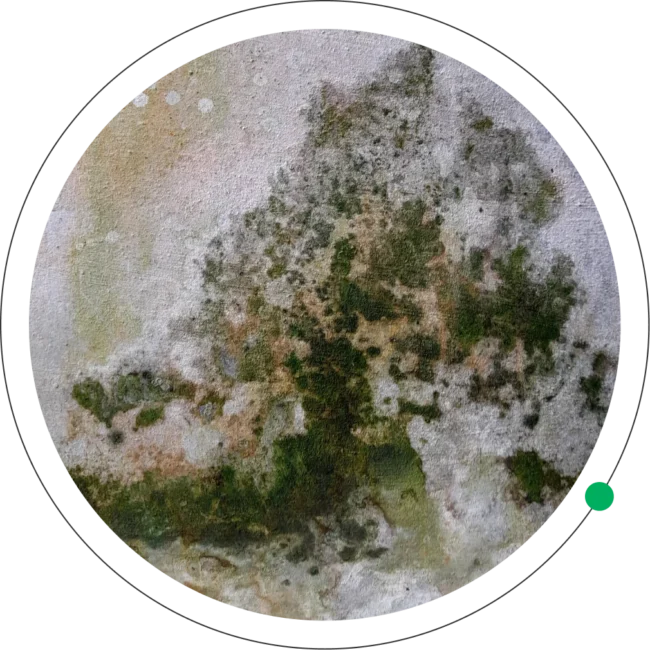
Common signs that indicate the presence
of Wall Mold are

Visible Discoloration
If you see any black, green, or white patches on your walls, that’s a clear sign of mold. These spots can look fuzzy or slimy, so it’s important to take notice of them.

Musty Odor
A damp, musty smell coming from your walls can be a sign of mold. If you detect an unpleasant odor in places like the bathroom or basement, it’s time to check things out.

Peeling or Bubbling Paint
If your wall paint is peeling, bubbling, or blistering, it might be trapped moisture at work. This moisture creates a perfect spot for mold to grow behind the paint.

Wall Stains
Brown or yellow stains on your walls might indicate past or ongoing water problems. These stains usually mean that moisture has seeped in, which can lead to mold growth.

Allergic Reactions
If you or your family members notice more allergy symptoms like sneezing, coughing, or itchy eyes, especially in certain rooms, mold could be present in the walls and affecting your indoor air quality.

Warped Walls
If your walls look warped, distorted, or misshapen, this can be a sign of water damage that may lead to mold growth. If you notice these changes, it’s important to investigate further.

Health Issues
Persistent respiratory problems or exacerbation of asthma and allergies in occupants can be linked to mold exposure.

Condensation
Frequent condensation on walls, windows, or pipes suggests high moisture levels conducive to mold growth.
Tips to Identify Wall Mold
- Examine walls for any discoloration, such as black, green, or brown spots and patches.
- Pay special attention to corners, baseboards, and areas around windows and doors.
- A persistent musty or earthy smell is a strong indicator of mold. If you notice this odor, inspect the area thoroughly.
- Look for signs of past or present water damage, such as stains, dampness, peeling paint, or wallpaper.
- Mold often thrives in areas with water issues.
- Mold can grow behind furniture, inside closets, and within wall cavities.
- Move furniture away from the walls and check hidden spaces.
- A moisture meter can help detect elevated moisture levels within walls, which often indicate mold growth.
- If you or others in your home experience unexplained allergic reactions, respiratory issues, or skin irritation, it could be due to mold exposure.
- Frequent condensation on walls, windows, or pipes suggests high humidity levels, which can lead to mold growth.
- Consider using a mold testing kit or hiring a professional for a thorough inspection.
Regularly inspecting your Wall Mold
and maintaining proper ventilation, insulation,
At ETA Mold, we specialize in complete wall mold inspections and testing to help identify any issues in your home. Don’t let mold compromise your living space. Let us help you keep your home healthy and mold-free!
Want to avoid Wall Mold?
ETA tips for preventing it
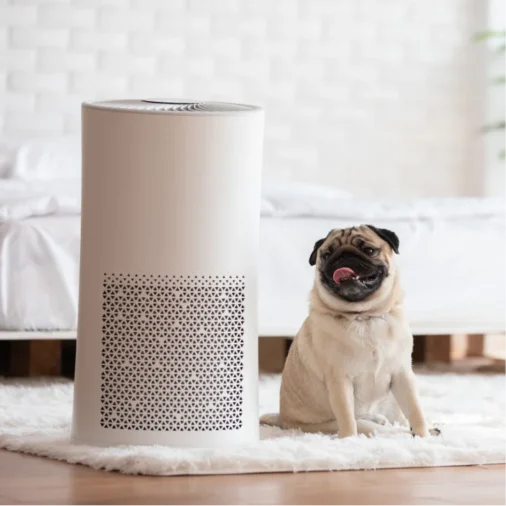
Control Humidity Levels
- Keep track of humidity in your home using a hygrometer. Indoor humidity should ideally be between 30 and 50 percent. If it is consistently higher, you could be at risk for mold growth, especially in your walls.

Ensure Proper Ventilation
- Use exhaust fans in bathrooms, kitchens, and laundry rooms to reduce moisture levels. Make sure your home is well-ventilated overall.

Fix Leaks Promptly
- Even small leaks can lead to mold. If you notice a leak from a pipe, window, or roof, fix it quickly to prevent moisture from seeping into your walls.
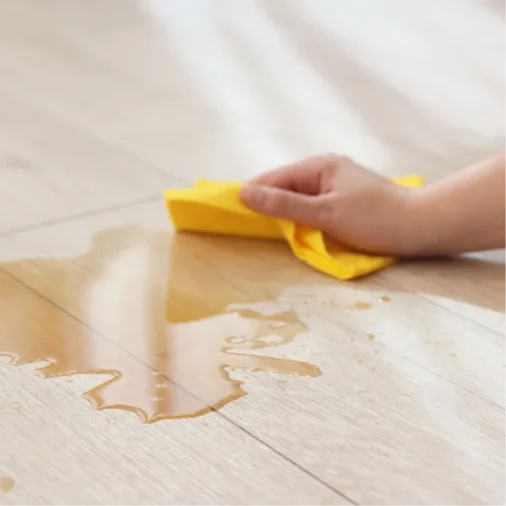
Clean and Dry Wet Areas Quickly
- If you spill water or have a small flood, clean it up right away. Mold can grow in just 24 to 48 hours, so it’s important to dry the area fast.
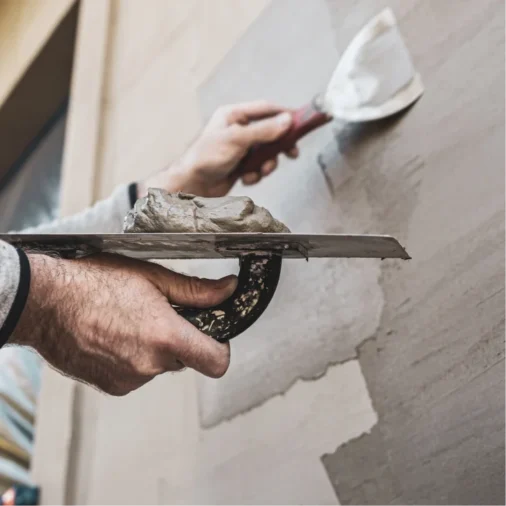
Use Mold-Resistant Products
- When building or renovating, use mold-resistant drywall, paint, and other materials to reduce the risk of mold.
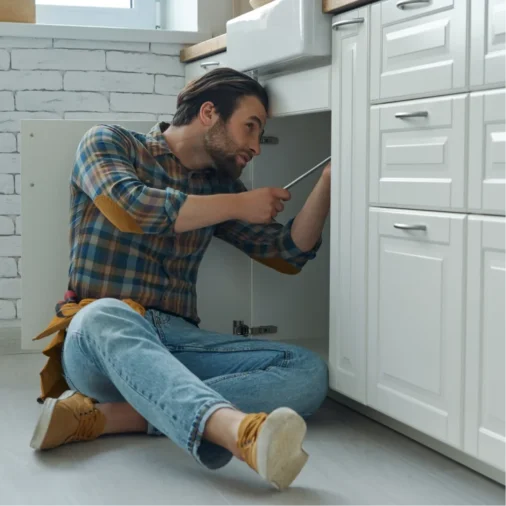
Monitor Condensation
- If you see condensation on your walls, it’s a sign of too much moisture. Wipe it off and figure out what’s causing it. Adjusting the temperature or humidity in your home might help.
Choose ETA for Expert Mold Testing
Ensure your garage is safe and mold-free with ETA’s expert mold testing services. With our commitment to accuracy, efficiency, and customer satisfaction, you can trust us to deliver comprehensive assessments and actionable insights. Don’t wait until it’s too late—choose ETA to protect your health and property. Contact us today to schedule a professional mold inspection and take the first step towards a healthier, safer space.
Professional Mold Inspection & Air
Quality Testing Services in South Florida.
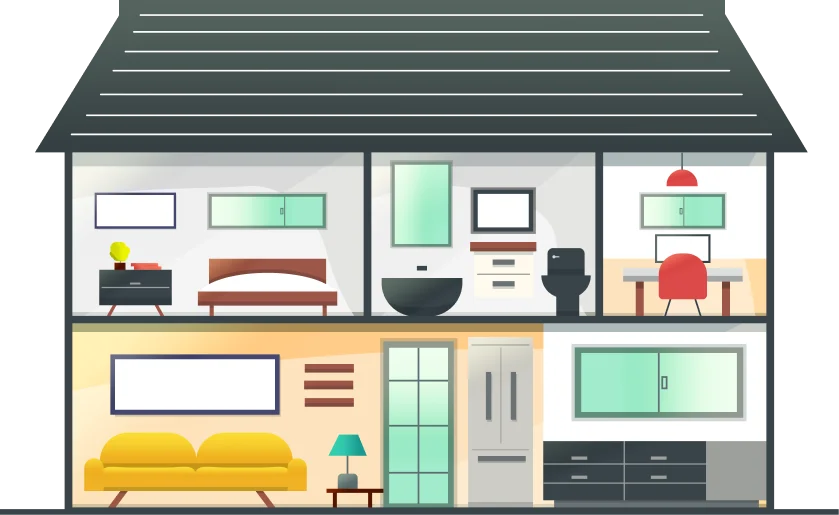
The Mold Inspection Process

DETECTION
We’ll discover the source of infrastructure damage. This is imperative and also the first step in our process.

TESTING
We send all samples to an accredited laboratory. Our labs know this is our priority and will give the most detailed results possible.

ASSESSMENT
Our certified and licensed assessors will compile a comprehensive report providing our documentation and lab analysis. All information comes with a scope of work.

Why Choose Environmental
Testing Agency?
Our team is comprised of industry-certified experts with extensive knowledge and experience in environmental testing. We utilize the latest technology and methodologies to ensure accurate and reliable results, making us leaders in the field.
Expertise
We are committed to providing exceptional customer service. Our team is responsive, thorough, and dedicated to assisting clients through every step of the testing process. We prioritize clear communication and tailored solutions to meet your specific needs.
Customer Service
Quality is at the core of everything we do. From rigorous testing procedures to detailed reporting, we ensure that all services meet the highest standards. Our commitment to quality helps clients make informed decisions based on dependable data.
Quality
Licensed, Certified,
and Insured Mold Inspection
and Air Quality Testing Company.

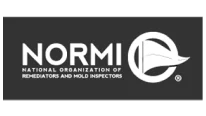



Before Booking an Air Quality Test
and Mold inspection Services
Receive $50 off!

Mold FAQ’S
Mold really likes damp places, so too much moisture is the main reason it shows up on walls. This can happen because of leaks, high humidity, not enough airflow, or water damage from flooding.
To find mold inside walls, it’s best to call a professional. They have special tools, like moisture meters and thermal cameras, to spot hidden mold. They might also take samples of the air or surfaces to test in a lab.
Mold can come in different colors, like black, green, white, or yellow. It usually looks fuzzy or slimy and can appear as stains or patches on your walls.
Yes, mold can definitely be hidden behind walls or under floors. Mold requires moisture to grow, and areas with hidden moisture problems are prime locations for mold growth.Detecting mold hidden behind walls or under floors often requires specialized equipment like thermal imaging cameras, moisture meters, or borescopes that can reveal moisture and mold growth without causing damage to the building materials. If there are signs of water damage, musty odors, or visible mold elsewhere in the property, it’s important to consider the possibility of hidden mold and conduct a thorough inspection to address the issue properly.
The frequency of mold inspections for your home depends on several factors, including the climate, the age and condition of your home, past moisture issues, and your sensitivity to mold or allergies.Ultimately, the decision on how often to have your home inspected for mold should be based on your specific circumstances and any risk factors present in your home environment. Regular inspections can help identify and address mold issues early, potentially saving you from more extensive remediation efforts later on.
Look out for signs like discoloration, peeling paint, or water stains. If you smell musty odors or notice your allergies acting up, that could mean there’s mold hidden behind your walls. It’s a good idea to get a professional inspection if you think mold is present.
There are several types of mold tests available, each serving different purposes in assessing mold presence, identifying types of mold, and quantifying mold levels in indoor environments.Each type of mold test has its advantages and limitations, and the choice of which test to use depends on factors such as the suspected extent of mold growth, the specific information needed (e.g., type of mold, spore concentration), and the goals of the assessment. Professional mold inspectors or environmental consultants can recommend the most appropriate testing methods based on the situation.
“The accuracy of mold tests can vary depending on several factors, including the type of test used, the sampling methods employed, the conditions during sampling, and the interpretation of results. In summary, while mold tests can provide valuable information about mold presence, types, and concentrations, they are not infallible. It’s essential to use reputable laboratories and trained professionals for sampling and interpretation. Additionally, mold tests should be considered as part of a broader assessment that includes visual inspection and consideration of environmental conditions to provide a comprehensive understanding of mold issues in a property.”
Yes, mold inside walls can be dangerous, especially if you leave it alone. Some molds produce mycotoxins, which can negatively affect your health. It’s important to address any mold growth quickly to keep your home safe.
It’s wise to have your home checked for mold at least once a year, especially in humid areas like Florida. If you experience leaks or see signs of mold, consider getting an inspection sooner.
Areas We Serve
In Florida
1. Miami Dade
- Coral Gables
- Coconut Grove
- Miami Beach
- Star, Palm & Hibiscus Island
- Key Biscayne
- Keystone Islands
- San Souci
- Miami Shores
- Pinecrest
- Brickel
- Bal Harbor
- Bay Harbor Islands
- Indian Creek
- Surfside
- Eastern Shores
- Sunny Isles
- Aventura
- Golden Isles
- Golden Beach
- The Roads
2. Broward
3.Palm Beach
- Royal Palm Beach
- Lake Worth
- Lantana
- Boca Raton
- Boynton Beach
- Manalapan
- Singer Island
- South Palm Beach
- North Palm Beach
- Tequesta
- Highland Beach
- Ocean Ridge
- Country Club Acres
1. Miami Dade
- Coral Gables
- Coconut Grove
- Miami Beach
- Star, Palm & Hibiscus Island
- Key Biscayne
- Keystone Islands
- San Souci
- Miami Shores
- Pinecrest
- Brickel
- Bal Harbor
- Bay Harbor Islands
- Indian Creek
- Surfside
- Eastern Shores
- Sunny Isles
- Aventura
- Golden Isles
- Golden Beach
- The Roads
2. Broward
- Bonaventure
- Hallandale
- Miramar
- Hillsboro Beach
- North Lauderdale
- Coconut Creek
- Hollywood
- Sea Ranch Lakes
- Oakland Park
- Sunrise
- Coral Springs
- Parkland
- Dania
- Lauderdale By The Sea
- Pembroke Park
- Tamarac
- Davie
- Pembroke Pines
- University Park
- Deerfield Beach
- Plantation
- Weston
- Fort Lauderdale
- Lighthouse Point
- Pompano Beach
- Wilton Manors
3. Palm Beach
- Royal Palm Beach
- Lake Worth
- Lantana
- Boca Raton
- Boynton Beach
- Manalapan
- Singer Island
- South Palm Beach
- North Palm Beach
- Tequesta
- Highland Beach
- Ocean Ridge
- Country Club Acres
- Jupiter
- Palm Beach
- Jupiter Inlet Colony
- Palm Beach Gardens
- Wellington
- Jupiter Island
- Palm Beach Shores
- Delray Beach
- Palm Springs
- Lake Clarke Shores
- Pelican Lake
- West Palm Beach

